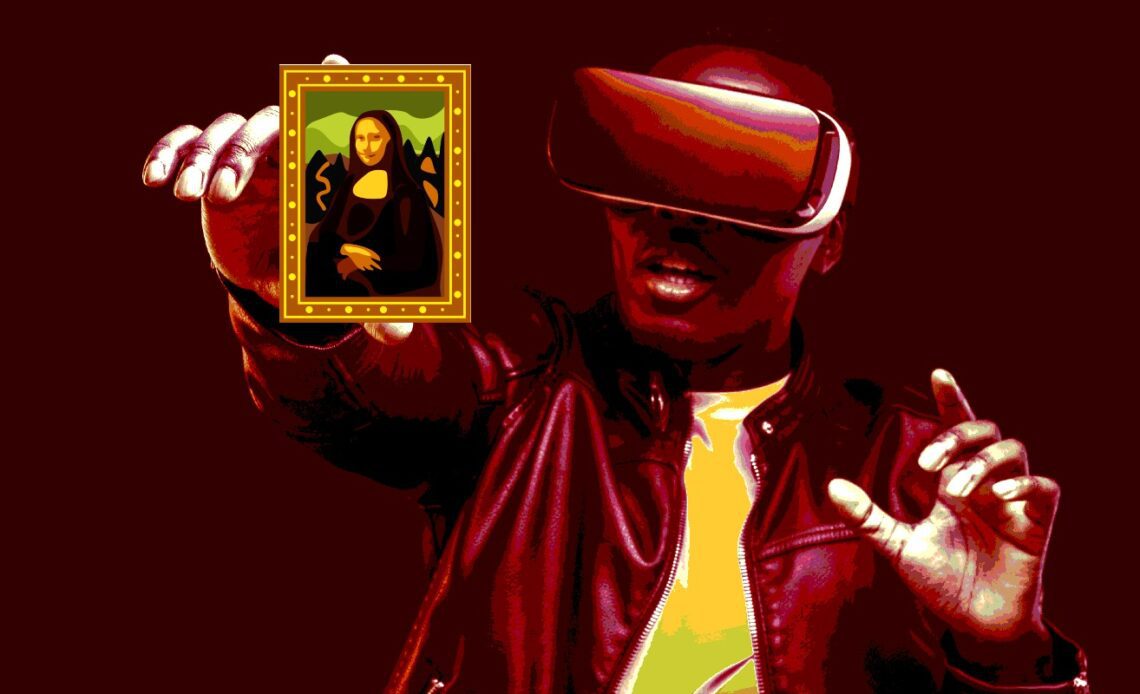HodlX Guest Post Submit Your Post
AR (augmented reality) and VR (virtual reality) are two of the most exciting technologies that are currently being developed for mobile applications.
Both AR and VR have the potential to revolutionize the way we interact with technology and the world around us.
In this article, we will explore the differences between AR and VR, the current state of development for mobile applications and the potential future of these technologies.
AR and VR are similar in that they both use computer-generated images to create immersive experiences. However, the key difference between the two is the way they interact with the real world.
AR overlays computer-generated images on the real world, while VR creates a completely artificial environment that the user can interact with.
In terms of mobile applications, AR has been more widely adopted than VR. This is largely due to the fact that AR can be used on a wide range of devices, including smartphones and tablets, while VR typically requires specialized hardware such as a headset.
Some popular examples of AR mobile applications include Pokemon Go, which uses the camera on a smartphone to overlay Pokemon characters onto the real world, and IKEA Place, which allows users to place virtual furniture in their homes.
VR, on the other hand, has been slower to take off for mobile applications due to the technical limitations of smartphones.
While VR headset manufacturers such as Oculus and HTC have developed mobile VR headsets that can be used with smartphones, these devices are still relatively expensive and not as widely adopted as their AR counterparts.
Some examples of VR mobile applications include Google’s Cardboard app, which uses a smartphone to provide a basic VR experience, and Minecraft Earth, which allows players to build and explore virtual worlds on their mobile devices.
Despite the current limitations of VR for mobile applications, the potential for this technology is enormous. With the increasing power of smartphones, it is likely that VR will become more accessible and more widely adopted in the future.
In addition, the development of 5G networks will enable faster and more stable connections, making it possible to create more complex and immersive VR experiences on mobile devices.
The potential of AR and VR for mobile applications is not limited to gaming and entertainment. These technologies have the potential to change the way we work, communicate and…
Click Here to Read the Full Original Article at The Daily Hodl…
























